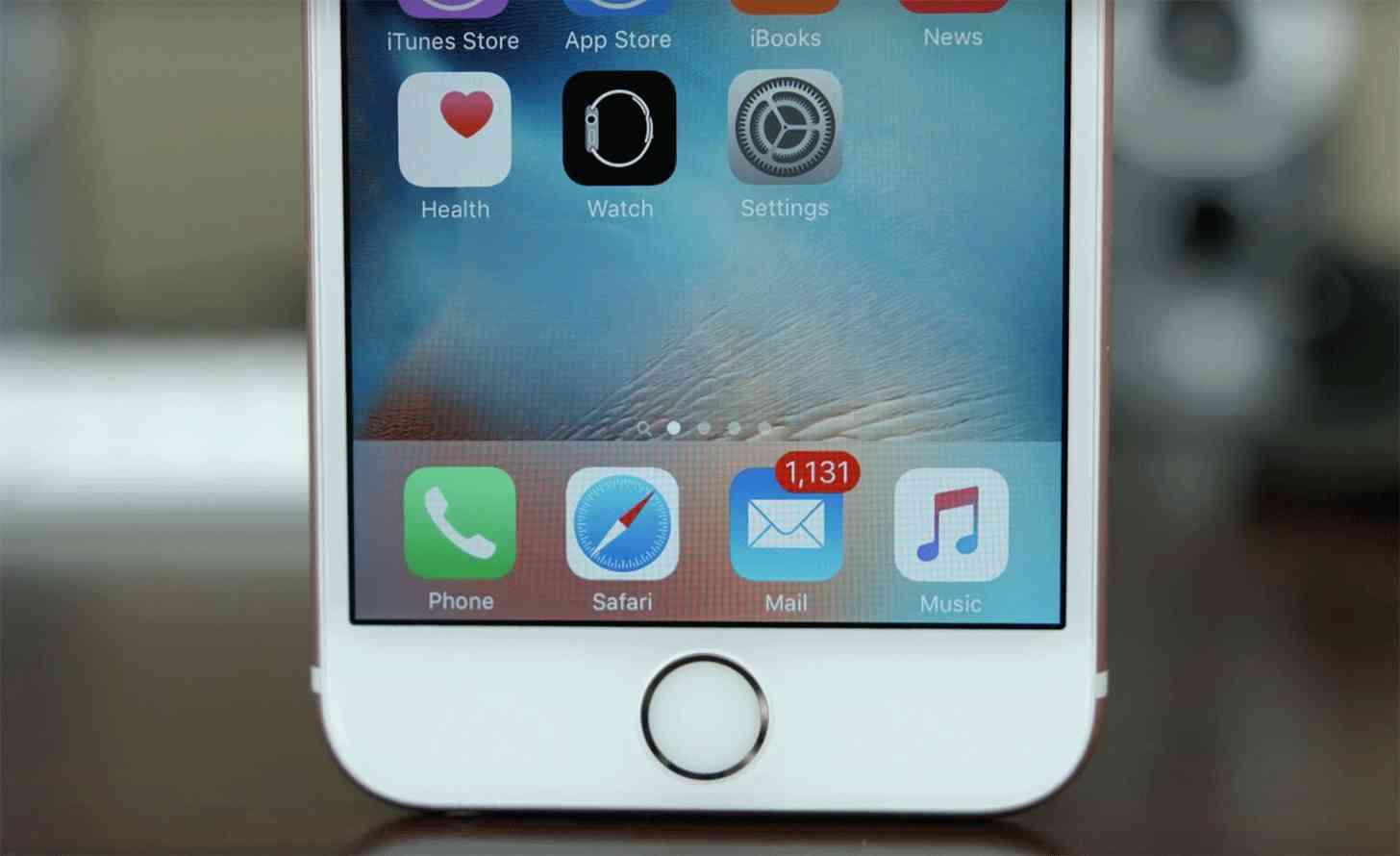
iPhone users, have you ever heard of “Error 53”? If not, it’s something that you’ll never want to see it pop up on your phone’s display.
Reports of an iPhone issue that results in a problem called Error 53 started swirling yesterday. The problem appears to be occurring to some users that have had the home button or screen of their iPhone 6, 6 Plus, 6s, or 6s Plus replaced by a third-party, but the issue may not pop up right away. Once you update to a new version of iOS or try to restore, though, you’ll be presented with an Error 53 message that’ll turn your phone into a brick.
Apple has issued a statement on Error 53 explaining that the issue is a result of security checks on your device. iOS checks to see if your iPhone’s Touch ID sensor matches the rest of the phone’s parts and if it doesn’t, Touch ID is disabled. Apple’s full statement is as follows:
"We take customer security very seriously and Error 53 is the result of security checks designed to protect our customers. iOS checks that the Touch ID sensor in your iPhone or iPad correctly matches your device's other components. If iOS finds a mismatch, the check fails and Touch ID, including for Apple Pay use, is disabled. This security measure is necessary to protect your device and prevent a fraudulent Touch ID sensor from being used. If a customer encounters Error 53, we encourage them to contact Apple Support."
Interestingly, a report from Mike Wehner of The Daily Dot in April 2015 claims that he ran into Error 53 without any alterations being made to his phone. It’s still unknown what caused his phone to run into Error 53.
It’s good that iOS checks to ensure that Touch ID matches up with the rest of your phone’s hardware because it does so to protect your personal information. However, it seems kind of strange that Error 53 is bricking phones instead of just disabling Apple Pay and Touch ID. Whether or not Apple tweaks Error 53 in the future to be less severe remains to be seen, but for now, you should just contact Apple Support if the dreaded message appears on your device.